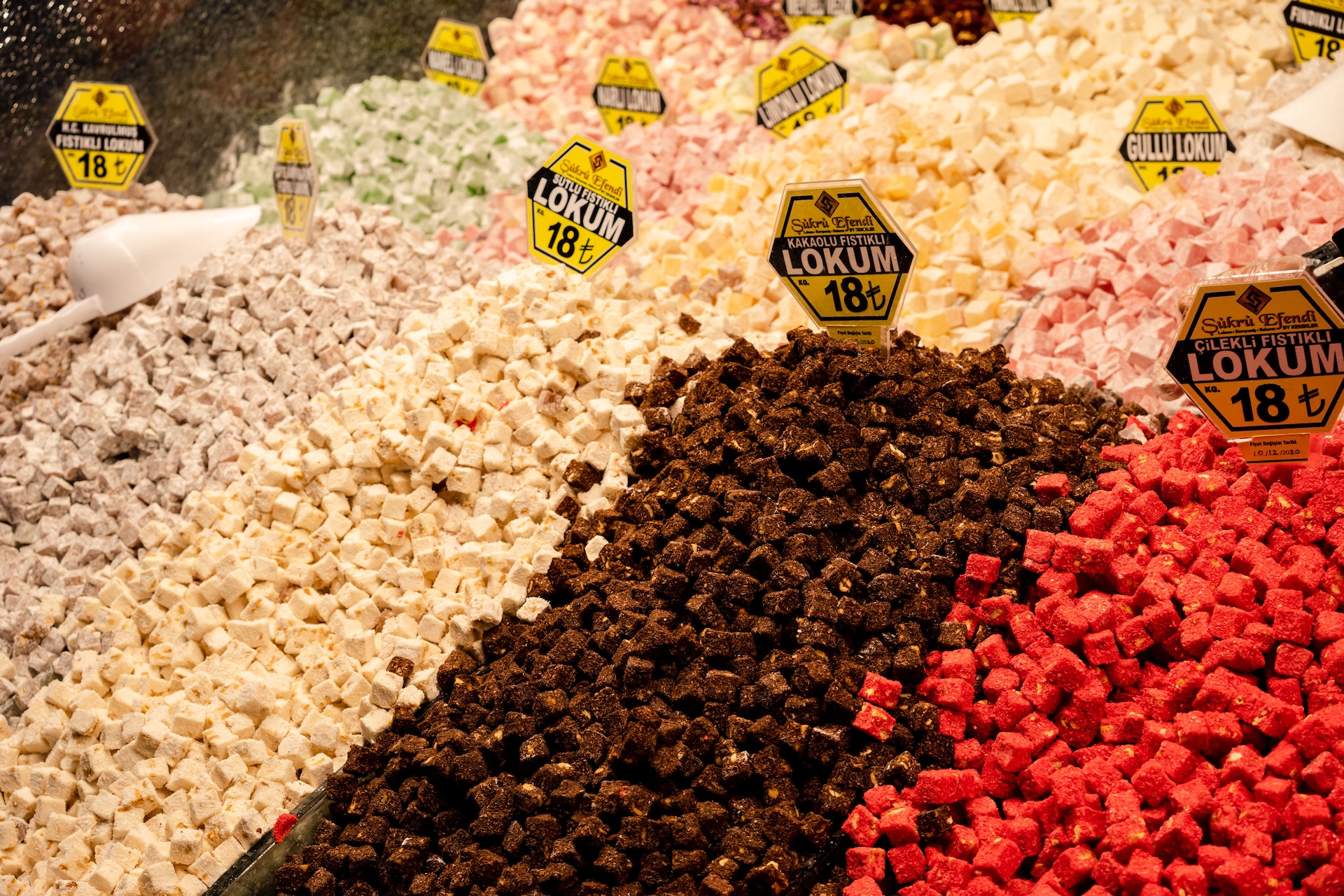This article tries to highlight the diverse and delicious Turkish cuisine, excellent wine tradition, and culinary traditions that await foreigners in Turkey and can be your guide on your food tours in Istanbul, Ankara, Izmir, Antalya, or any other big or small city across Asia-Europe bridge.
Traditional Turkish Food
Kebab
The first written mentions of this well-known food date back to the 9th century. It is estimated that this food was consumed much earlier. Word Kebab derives from the Persian language, where kabab means to roast. The food spread very quickly in the Middle East and became very popular later mainly in the 20th century in the form we know it today. Popular variants include Doner kebab, Adana kebab, Iskedner kebab.
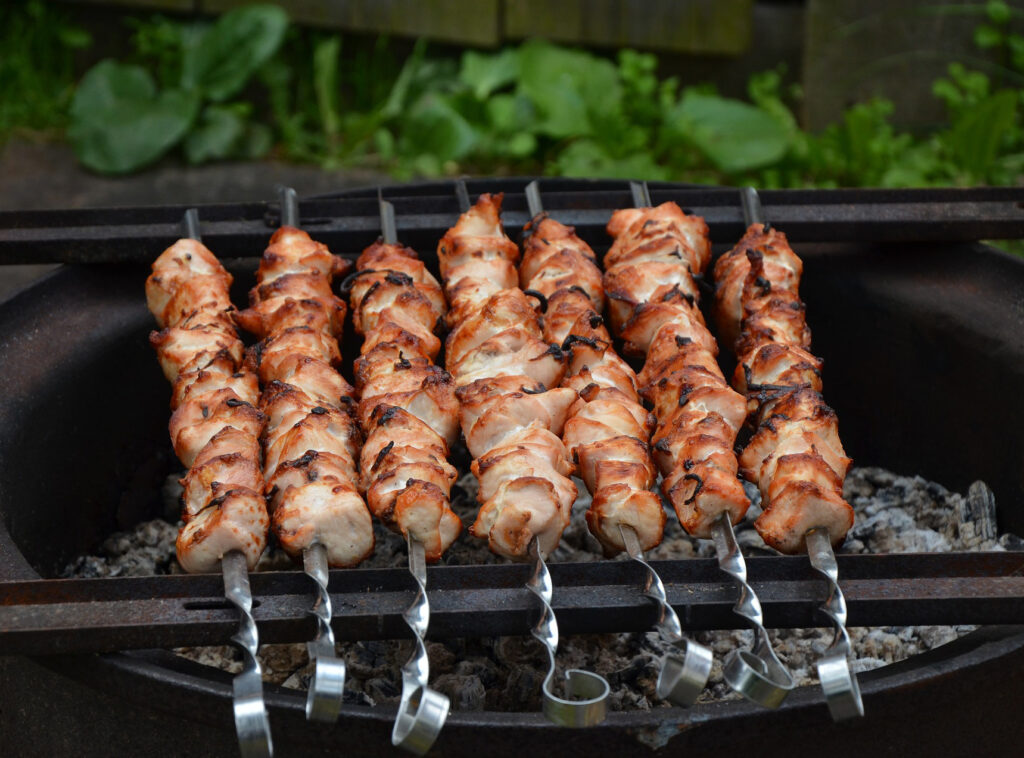
Meze
The term comes from the Persian mazzeh, mazzah and means to taste, taste, flavor. It is a plate with different appetizers, often including hummus, tabbouleh (Arabic salad), dolma (stuffed dish, mostly with rice, and minced meat), and cacik (tzatziki) and it gives you the opportunity to try different flavors.
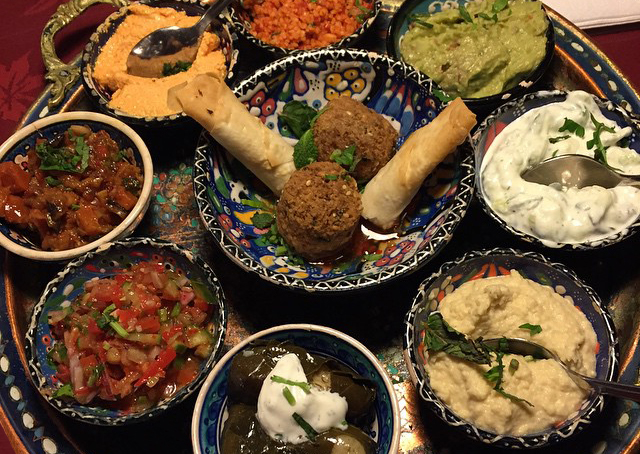
Lahmacun
The word comes from the Arabic lahma bi’ajeen and means dough with meat. It is a dish that is somewhat similar to pizza. Crunchy, soft, thin pastry covered with minced meat, vegetables or herbs. Often rolled and served as a wrap.
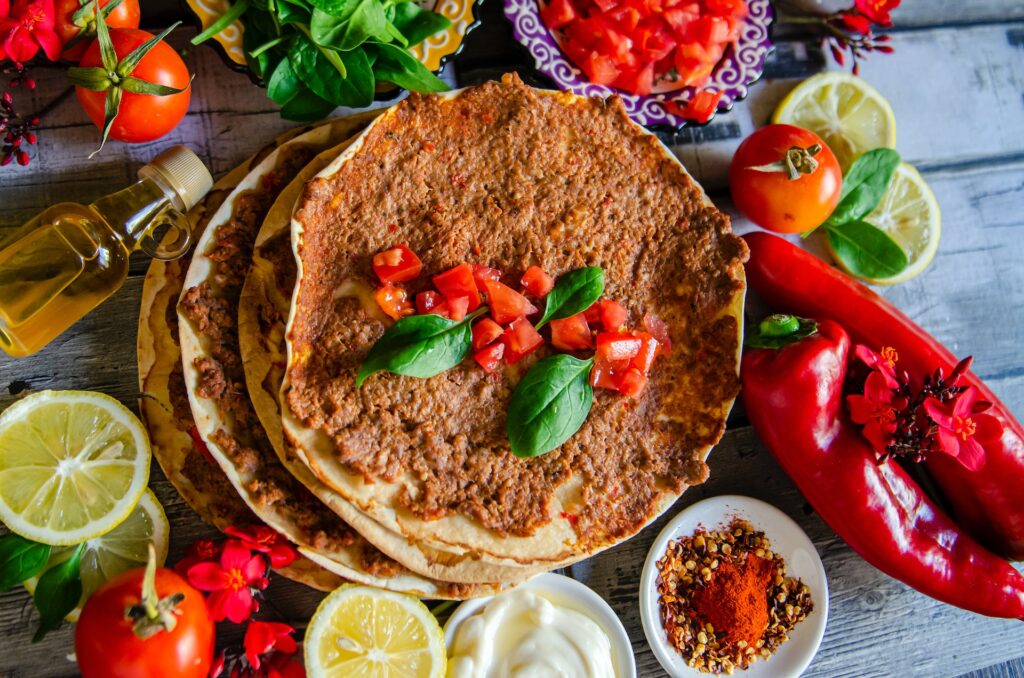
Pide
Turkish pizza. Comes in the shape of an ice-like dough, which is filled with several ingredients such as cheese, minced meat, or vegetables.
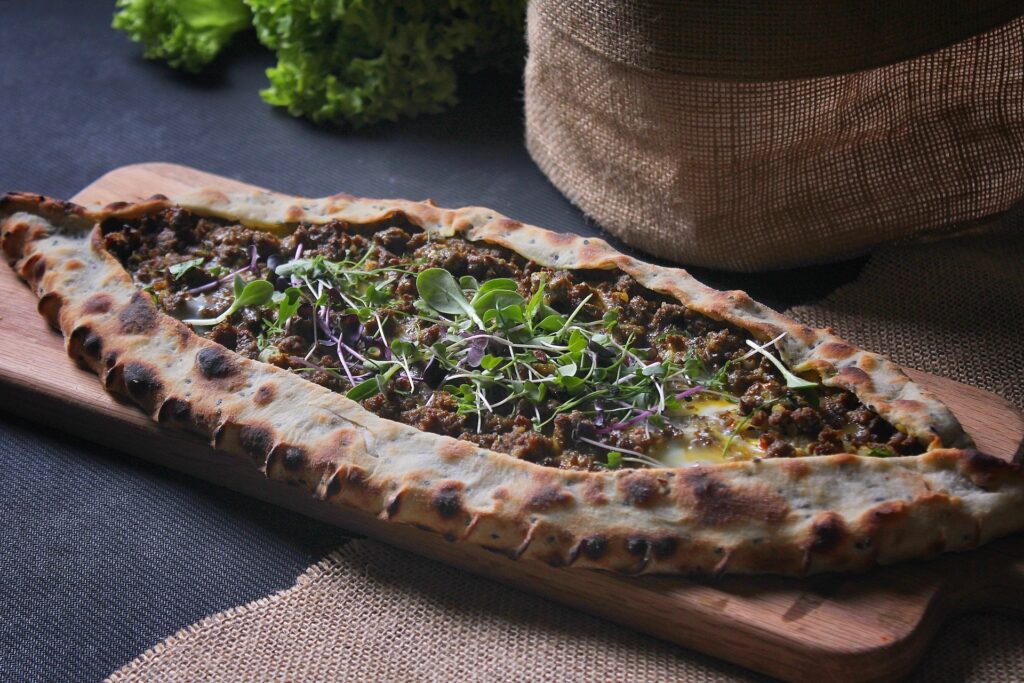
Baklava
The oldest recipe that resembles the preparation of baklava as we know it today is from the 2nd century BC: Placenta cake from ancient Rome. Baklava is an excellent Turkish dessert that is made from layers of puff pastry, filled with nuts, and sweetened with syrup or honey.

Lokum
Hard and sweet candy with many different flavors, e.g. rose, pistachio, lemon, dates, and nuts. Its origin is not very well known. However, according to available sources, it was probably produced in Turkey and Iran since the beginning of the 18th century.
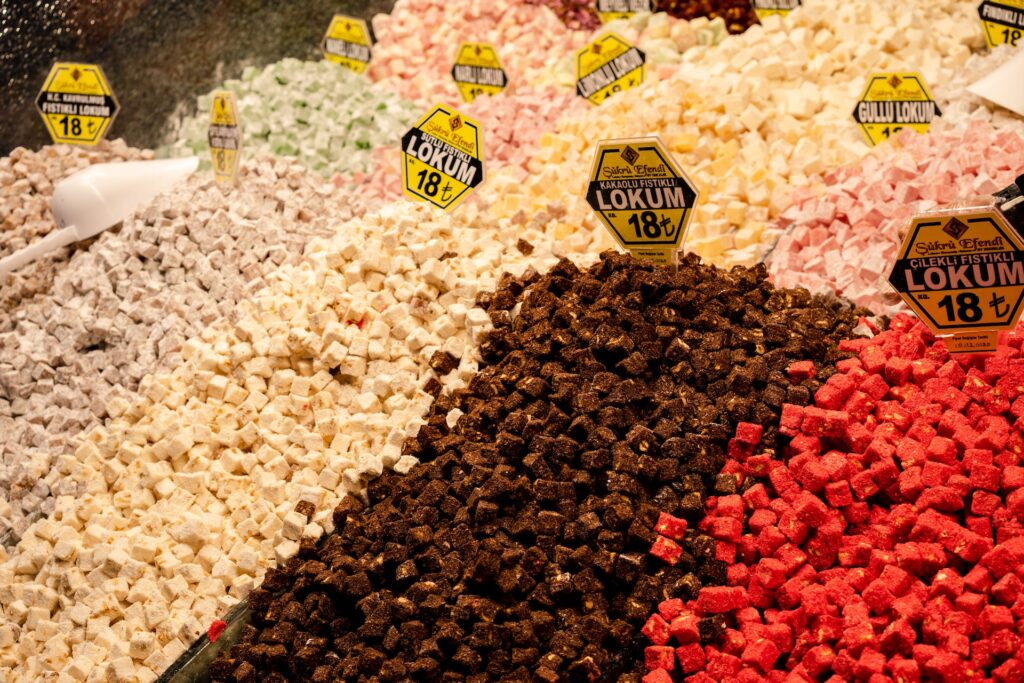
Turkish Wine

Öküzgözü
Red grape wine originates in Anatolia, located north of the Taurus Mountains. This type of wine is very rich and juicy with flavors of dark fruits and spices.
Narince
White wine from Tokat province, located in the center of southern Anatolia. This wine is characterized by crispness and aromaticity.
Kalecik Karasi
Another type of red wine. The wine has a medium body and the taste is a combination of red berries with a pinch of spice. The wine is named after the grape in the Kalecik region in the Ankara province where it is grown.
Emir
The word Emir means command in Turkish and points to its popularity in aristocratic circles since the days of the Roman Empire. Type of white wine from the Cappadocia region with an aromatic, refreshing flavor and traces of fruit.
Bogazker
The wine comes from the province of Diyarbakir near the Tigris River in the southern part of Turkey. It is an intense red wine known mainly for its dark color, robust structure, and flavors of black fruit and chocolate.
Turkish Sweets
Sütlaç
A sweet creamy rice pudding dessert often flavored with vanilla and sprinkled with cinnamon.
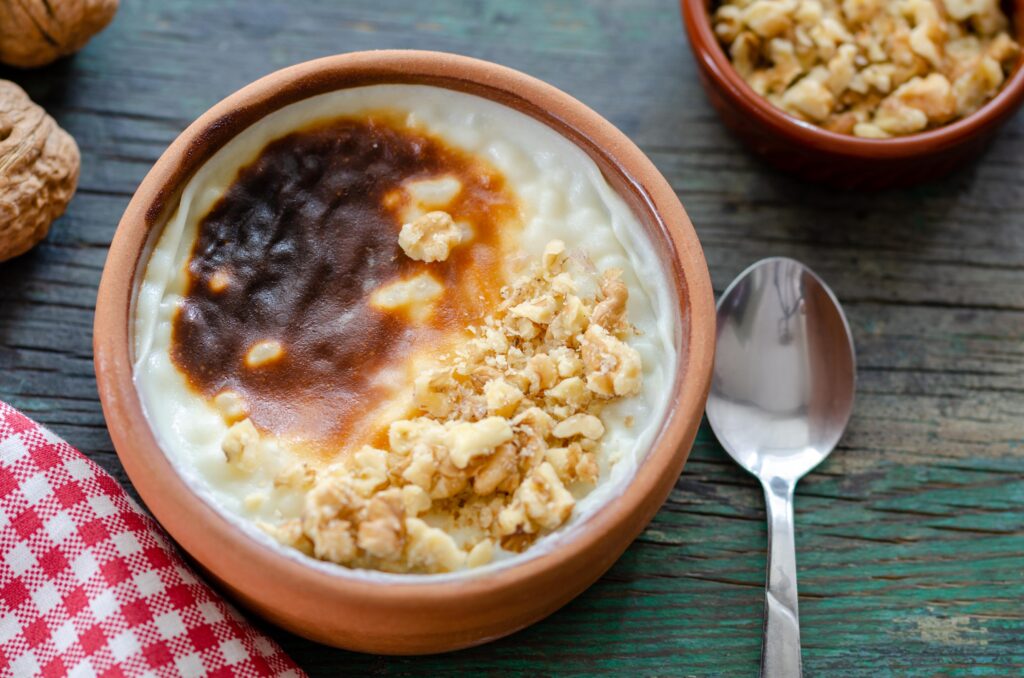
Güllaç
The dish is mainly consumed during Ramadan. According to some sources it has a similar origin to baklava. The first mention of it dates back to the 14th century when it was mentioned in the book named Yienshan Zhenyao. Güllaç is made of layers of thin starch-based sheets dipped in milk and rose water. People in Turkey usually serve it garnished with nuts and pomegranate.
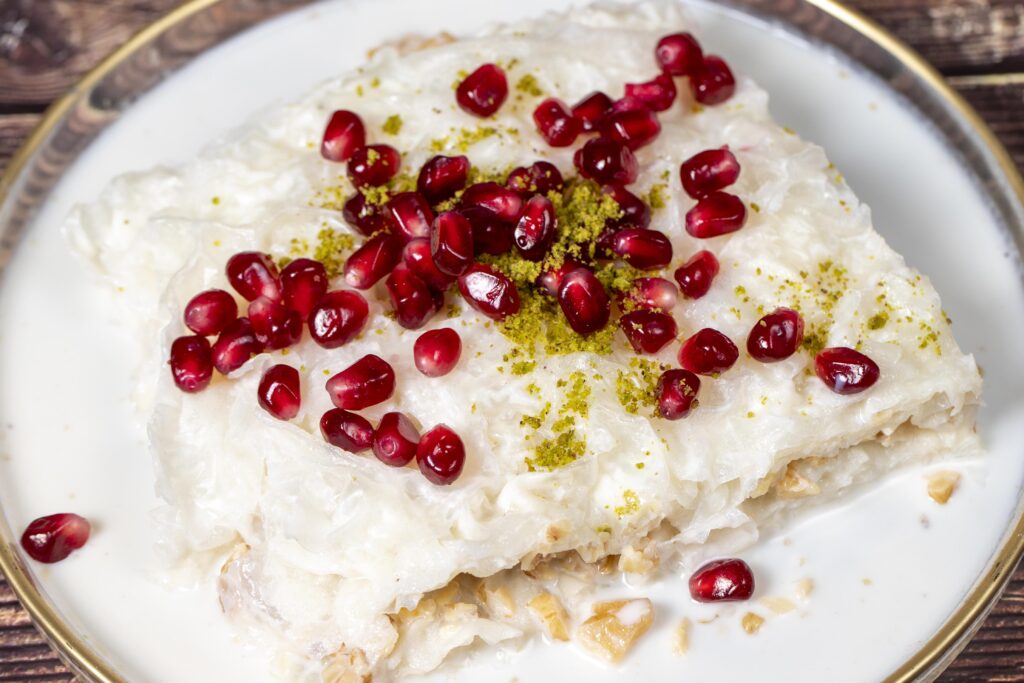
Künefe
According to traditions this dish was created and recommended by doctors to satiate the Caliphs during Ramadan. The first mentions date back to the 10th century. Though the dishes mentioned in these historical texts do not describe exactly the same modern version of kanafeh. Künefe is a delicate pastry made from shredded filo dough, soaked in syrup, and filled with melted cheese. People usually serve it warm and sprinkle it with crushed pistachios.

Revani
Alternative names are e.g. basbousa, namoura, haresh. Revani is a semolina sponge cake dipped in sweet syrup and flavored with lemon or orange peel. The origin of Revani is in Egypt. The dish spread mainly during the Ottoman Empire across the Middle East, Greece, Ethiopia, and Azerbaijan.

Turkish Ice Cream
Often also called dondurma, a word that refers to several different types of ice cream in Turkey. It consists of ingredients such as sugar, mastic (natural resin from the Pistacia lentiscus), whipped cream, salep, and cream. Dondurma ice cream is generally sufficiently elastic and chewy with different flavors. People often tend to serve it in the style of the ancient Ottoman Empire. Its origins are in the city and region of Kahramanmaraş. This region is characterized by maraş dondurması, which is a variety that contains much more salep (ground-up tuber of an orchid). This gives the ice cream strength, stickiness, and resistance to melting. People tend to eat it with a knife and fork.
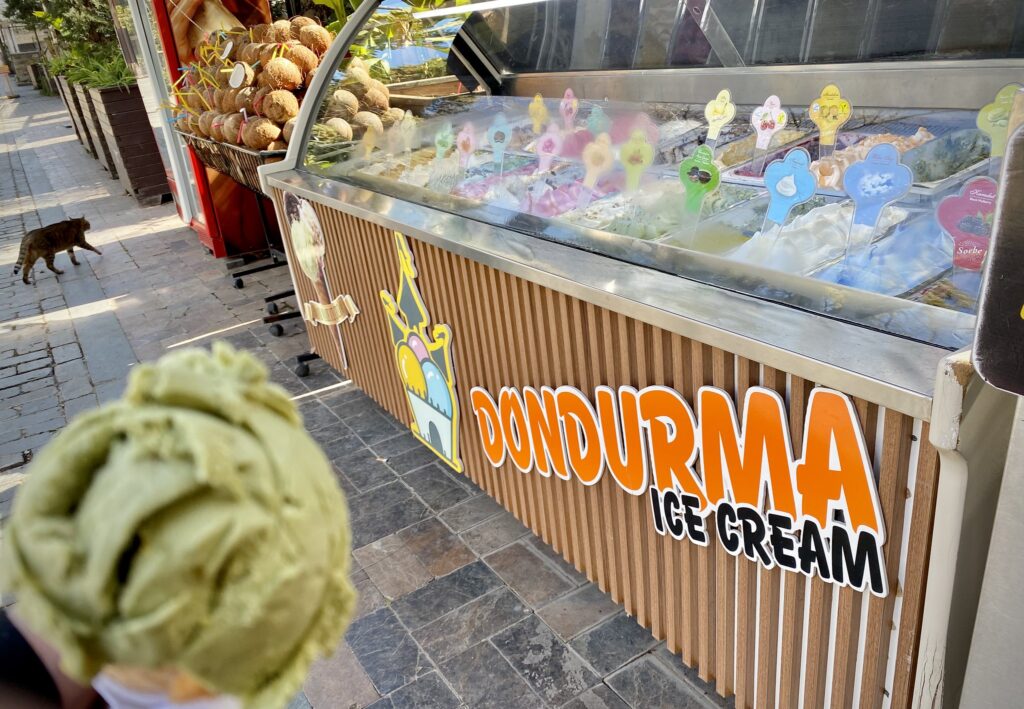
Sources: Wikipedia, TripAdvisor


About Author
Freya
Photographer, artist, content creator, and solo female traveler since 2017.

